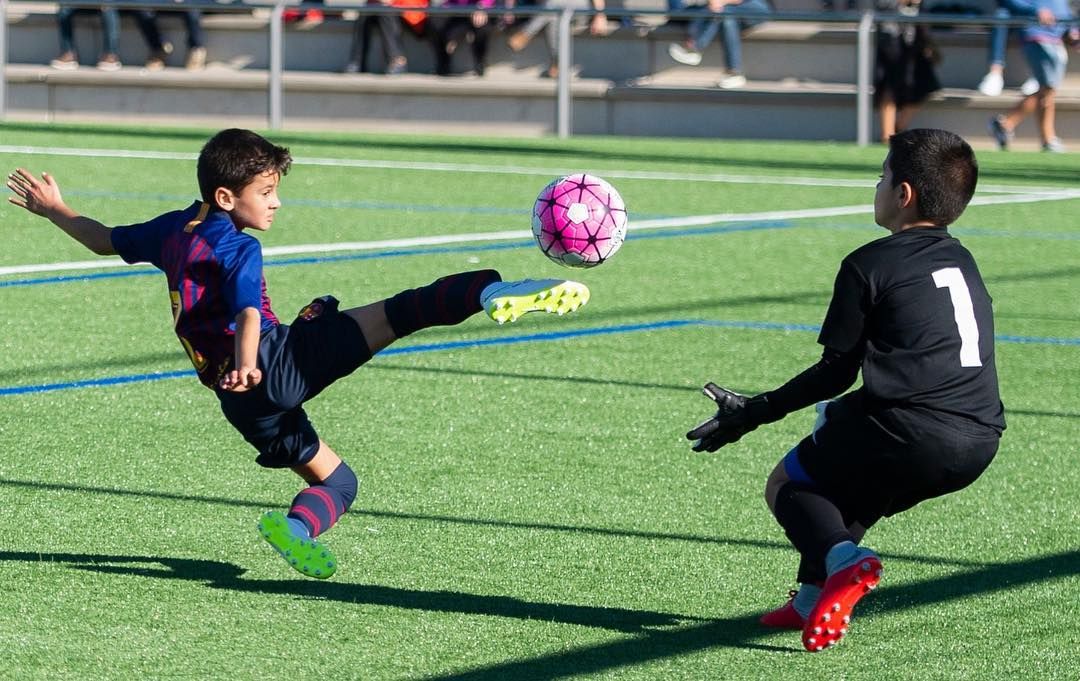Over the past seven years, Major League Soccer has witnessed a 27% rise in interest. While interest continues to grow, U.S. soccer still falls behind European soccer. Although Major League Soccer and other federations continue to brand themselves as a respective league, there is still a wide disparity in player development and competitiveness. Only a handful of U.S. youth soccer players reach the level to play in European leagues, whereas the vast majority never reach the quality to perform at the highest levels and on the biggest stages.
The problems with U.S. youth soccer could be categorized into four sections:
- Structure of Youth Divisions
- Treating Players as Athletes
- Coaching System and the Ease with Acquiring Coaching Licenses
- Playing Conditions
- Parent Commitment
Structure of Youth Divisions
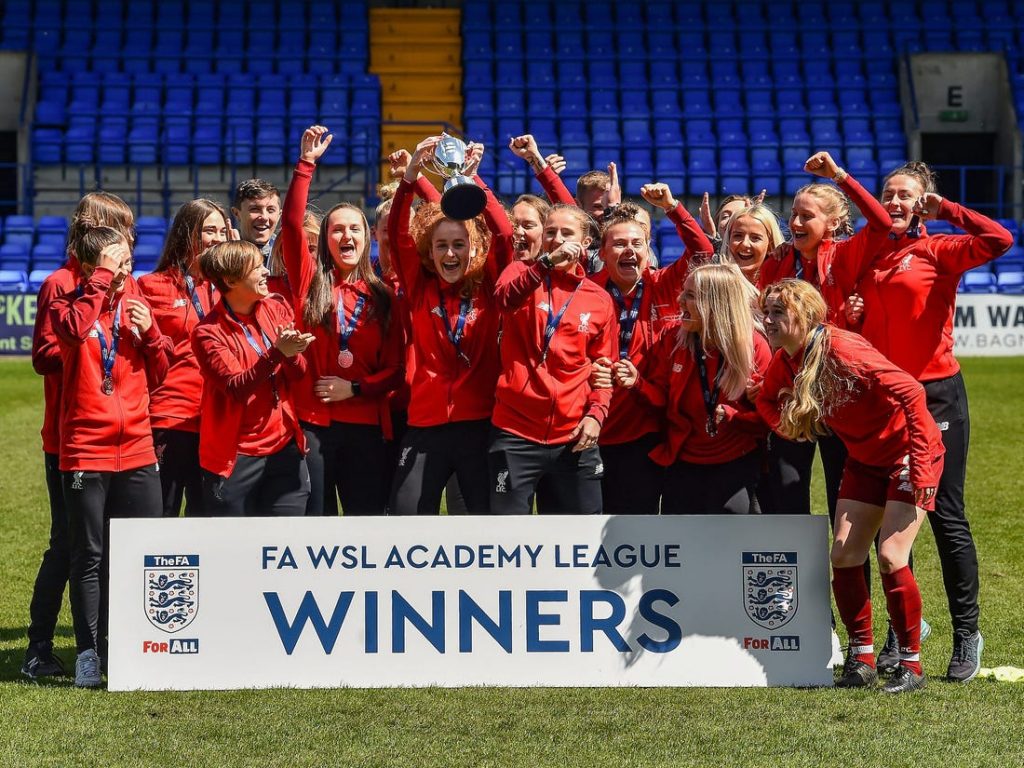
While recreational soccer provides good groundwork for children to become familiar with the sport, it should never be the final destination. There must be a system to progress players from recreational soccer into competitive travel teams. Playing in more competitive divisions will motivate players to improve individual performance, pushing them to move up the ladder. U.S. Soccer centers their attention on revenue in recreational divisions, rather than nurturing skills and helping talent blossom. Under this environment, players are generally viewed as a way for the team to make more money, instead of young soccer enthusiasts with the potential to develop into superstars.
Soccer Players, Not Athletes
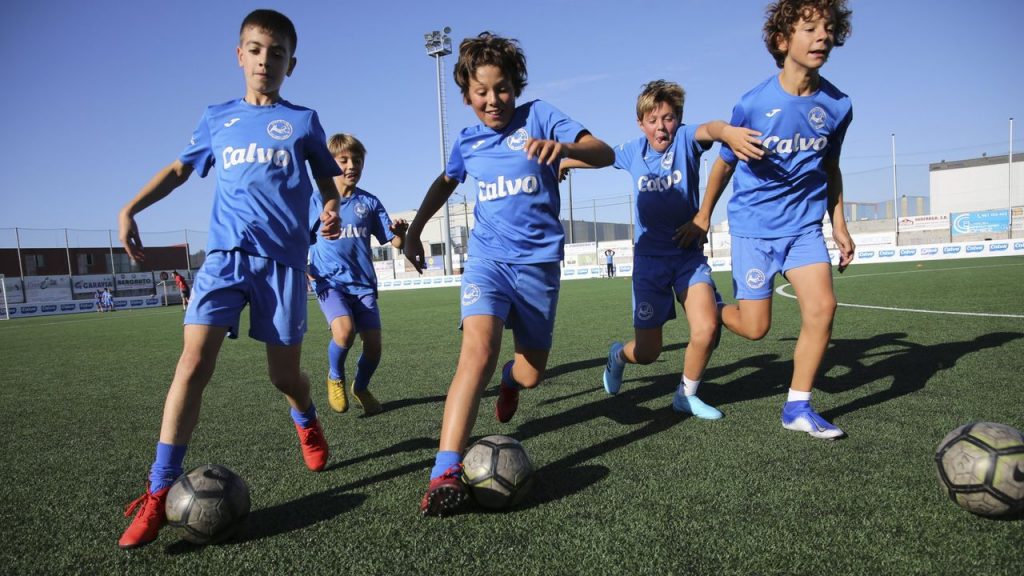
When attention is paid to the players, they are treated as athletes and not soccer players. The U.S misconception around sports is that the best players are the fastest, most powerful, and largest in physical size. Soccer games are not always won because of brute strength and speed, but because of players playing smarter. Game intelligence, quick decision making, control and creativity are much more important than the principles surrounding running, kicking, and playing hard, which tends to be borrowed from football.
While a large number of players can become physically fit, not everyone can be smart enough to be a quality soccer player. U.S. soccer lacks mental development for the players in the sport. There should be a greater emphasis on letting players express themselves, tapping into their natural gifts and inclinations. The fewer restrictions on being able to play freely, the easier it will become for players to do whatever comes naturally to them.
Coaching System

Of course, young players need direction from coaches, but it is too common for coaches in the U.S. to be giving the wrong instructions. One way or another, many parents become coaches and now have the ability to influence young players. This does not bode well for player development as these parent-coaches have limited knowledge of how to properly play the game. It is too easy to obtain a weekend coaching license, whereas in Europe there is a much more rigorous system, where badges are graded in levels and require a greater time commitment. A system where just anyone can obtain a coaching license after a couple of weekends hardly leads to an environment of quality coaching. As already mentioned, young players must be guided from an early age to meet technical and tactical requirements for playing soccer at a high level.
Playing Conditions
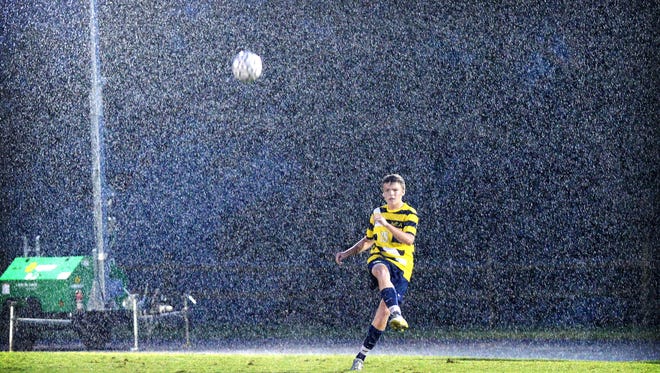
While soccer should always be played under safe conditions, the U.S. creates major setbacks for the sport to insist on only playing under perfect conditions and on the best fields available. This takes away from the spontaneity and fun that comes with playing soccer. Soccer players from all parts of the world, especially Latin America, learn many skills and abilities simply by playing on all types of surfaces, no matter the weather. Safety is always the number one priority, however conditions do not have to be perfect to play in. Bumpy surfaces, hot or cold weather, rain, or just bad traffic should never be an excuse to miss regular training sessions.
Commitment from Parents is Mandatory
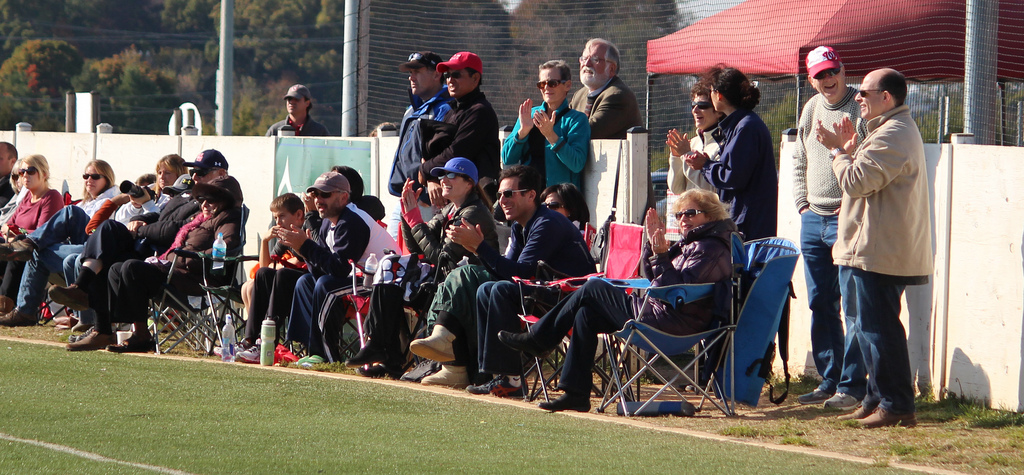
Another factor that must be considered in addressing the disparity between Europe and the U.S. is the degree of commitment from parents. Parents must demonstrate full commitment both on and off the field, this includes driving long distances, purchasing gear, cooking healthy meals, and making sure they are on top of their schoolwork. When parents show their commitment to their child’s passion, they will have a greater appreciation for the seriousness of the sport.

